8.6. Datetime Standards
Date and time formats varies from country to country [20]
8.6.1. Date
Formal date format in USA [27]
4/12/61 # short
April 12, 1961 # long
Formal date format in Japan [26]:
61/04/12 # short
1961年04月12日 # long
20/12/31 # short
平成20年12月31日 # long
Formal date format in Germany:
04.12.1961 # only (April 12th, 1961)
Date format in Poland:
12 kwietnia 1961
12 kwiecień 1961
12 IV 1961
12.IV.1961
12.4.1961
12.04.1961
12/4/1961
12/04/1961
12-04-1961
1961-04-12
Which format is a formal standard in Poland? There is no formal standard for date format in Poland. There is only a recommendation to write dates using ISO-8601 format (yyyy-mm-dd) [25]. However hardly anyone including government in official documents and forms is using it.
8.6.2. 12 and 24 Hour Clock
What AM stands for?
What PM stands for?
24 hour clock:
07:00 # morning
19:00 # evening
12 hour clock:
7:00 AM # morning
7:00 PM # evening
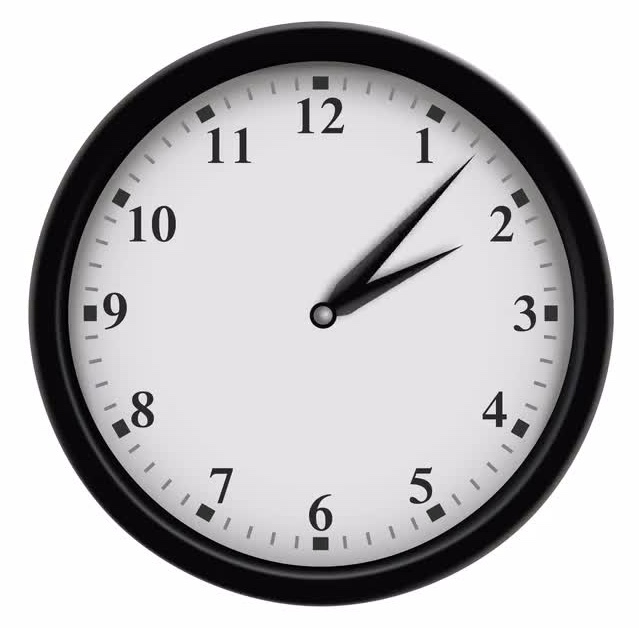
8.6.3. Noon and Midnight
Confusion at noon and midnight [21]
Which time is a midnight?
Which time is a noon?
24 hour clock:
00:00
12:00
12 hour clock:
12:00 am
12:00 pm
8.6.4. Exactly Midnight
00:00:00.000000- day start, exactly midnight23:59:59.999999- day end, excluding last microsecond24:00:00.000000- day end, including last microsecond
Day end, excluding last microsecond:
start = 2000-01-01 00:00:00.000000
end = 2000-12-31 23:59:59.999999
Day end, including last microsecond:
start = 2000-01-01 00:00:00.000000
end = 2000-12-31 24:00:00.000000
8.6.5. After Midnight
Times after Midnight [22]
23:00 - 01:30
23:00 - 25:30
8.6.6. Leap Second
International Earth Rotation and Reference Systems Service (IERS)
UTC leap second [18]
Leap second discontinuation post 2035 [1]
Issues created by insertion (or removal) of leap seconds
Calculation of time differences and sequence of events
Missing leap seconds announcement
Implementation differences
Textual representation of the leap second
Binary representation of the leap second
Other reported software problems associated with the leap second
June 30th or December 31st
Introduced in 1972
Last leap second (to date) was in 2016
International Earth Rotation and Reference Systems Service (IERS) is the standards keeping body established that there was not enough difference between time as measured based on atomic clocks (UTC) and time as measured by the Earth's natural rotation (UT1) to warrant making a ripple in time. UT1 varies thanks to phenomena like gravitational interactions with the Moon and Sun, and geological activities such as earthquakes which alter the speed of Earth's rotation. UTC and UT1 therefore might not always match. The IERS maintains a maximum value of ±0.9 seconds by which the two can vary. If that limit is exceeded, various applications that sync UTC and UT1 can strike trouble as time stamps don't align. That's when a leap second is thrown in. [18]
Earth's rotation slowed in recent decades, creating a need for 27 leap seconds introduced between 1972 and 2016. Our planet's spin has sped up a little since – which is why we've not had a leap second added for a few years. Leap seconds are added to UTC time at the end of December or June, and announced six months before their implementation. [18]
While a leap second has never been subtracted, doing so is a theoretical possibility and may one day be warranted. [18]
Leap seconds are more than timekeeping trivia – computers must keep up with very precise changes to the way humanity measures time. Last time a leap second was added, Cloudflare suffered a limited service interruption and Linux servers choked. Systems that rely on precise timing – such as GPS and financial trading platforms – can be affected too. Meta's engineering team therefore proposed doing away with leap seconds back in 2022. But adding leap seconds is a known problem, even if annoying and resource-sucking. As at least one blogger has noted: "No one, or almost no one, is ready for a negative leap second." [18]
Back in November 2022 The Bureau International des Poids et Mesures (BIPM) declared 2035 as the year in which the concept will be binned. The plan is to replace it with a "new maximum value for the difference (UT1-UTC) that will ensure the continuity of UTC for at least a century [18].
Normal second:
23:59:59
00:00:00
Leap Second:
23:59:59
23:59:60
00:00:00
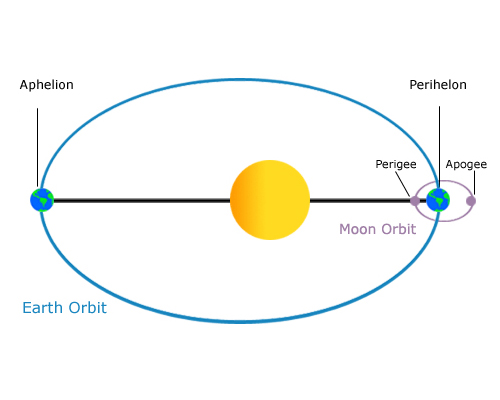
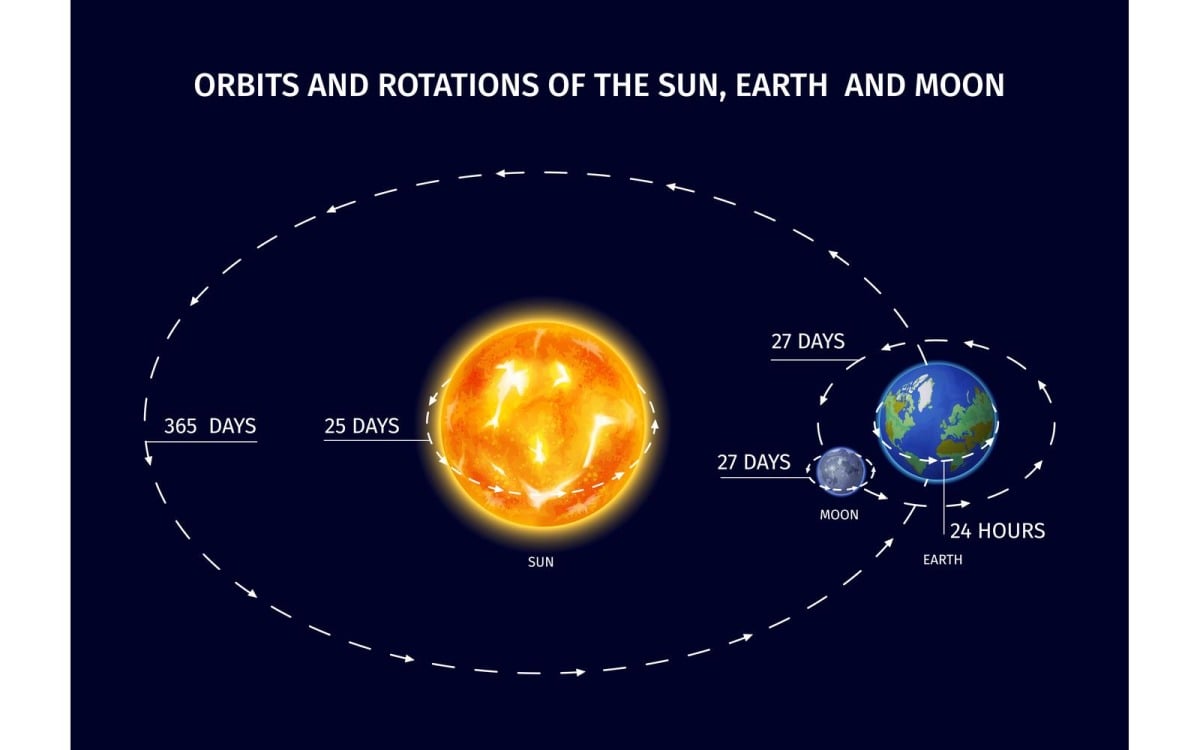
Year |
30 Jun |
31 Dec |
|---|---|---|
1972 |
1 |
1 |
1973 |
0 |
1 |
1974 |
0 |
1 |
1975 |
0 |
1 |
1976 |
0 |
1 |
1977 |
0 |
1 |
1978 |
0 |
1 |
1979 |
0 |
1 |
1980 |
0 |
0 |
1981 |
1 |
0 |
1982 |
1 |
0 |
1983 |
1 |
0 |
1984 |
0 |
0 |
1985 |
1 |
0 |
1986 |
0 |
0 |
1987 |
0 |
1 |
1988 |
0 |
0 |
1989 |
0 |
1 |
1990 |
0 |
1 |
1991 |
0 |
0 |
1992 |
1 |
0 |
1993 |
1 |
0 |
1994 |
1 |
0 |
1995 |
0 |
1 |
1996 |
0 |
0 |
1997 |
1 |
0 |
1998 |
0 |
1 |
1999 |
0 |
0 |
2000 |
0 |
0 |
2001 |
0 |
0 |
2002 |
0 |
0 |
2003 |
0 |
0 |
2004 |
0 |
0 |
2005 |
0 |
1 |
2006 |
0 |
0 |
2007 |
0 |
0 |
2008 |
0 |
1 |
2009 |
0 |
0 |
2010 |
0 |
0 |
2011 |
0 |
0 |
2012 |
1 |
0 |
2013 |
0 |
0 |
2014 |
0 |
0 |
2015 |
1 |
0 |
2016 |
0 |
1 |
2017 |
0 |
0 |
2018 |
0 |
0 |
2019 |
0 |
0 |
2020 |
0 |
0 |
2021 |
0 |
0 |
2022 |
0 |
0 |
2023 |
0 |
0 |
2024 |
0 |
0 |
2025 |
0 |
0 |
2026 |
? |
? |
Total |
11 |
16 |
27 |
8.6.7. Zero Padded
Zero padded minutes, seconds and microseconds but not hours
Variable length microseconds
Hours:
06:07 # ok
6:07 # ok
Minutes:
06:07 # ok
06:7 # error
Seconds:
06:07:00 # ok
06:07:0 # error
06:07: # error
06:07 # ok
Microseconds:
06:07:00.000000 # ok
06:07:00.00000 # ok
06:07:00.0000 # ok
06:07:00.000 # ok
06:07:00.00 # ok
06:07:00.0 # ok
06:07:00. # error
06:07:00 # ok
Microseconds:
06:07:00.000001 # different time, different length
06:07:00.00001 # different time, different length
06:07:00.0001 # different time, different length
06:07:00.001 # different time, different length
06:07:00.01 # different time, different length
06:07:00.1 # different time, different length
06:07:00.000001 # different time, same length
06:07:00.000010 # different time, same length
06:07:00.000100 # different time, same length
06:07:00.001000 # different time, same length
06:07:00.010000 # different time, same length
06:07:00.100000 # different time, same length
06:07:00.100000 # same time, different length
06:07:00.10000 # same time, different length
06:07:00.1000 # same time, different length
06:07:00.100 # same time, different length
06:07:00.10 # same time, different length
06:07:00.1 # same time, different length
8.6.8. Arabic Numerals

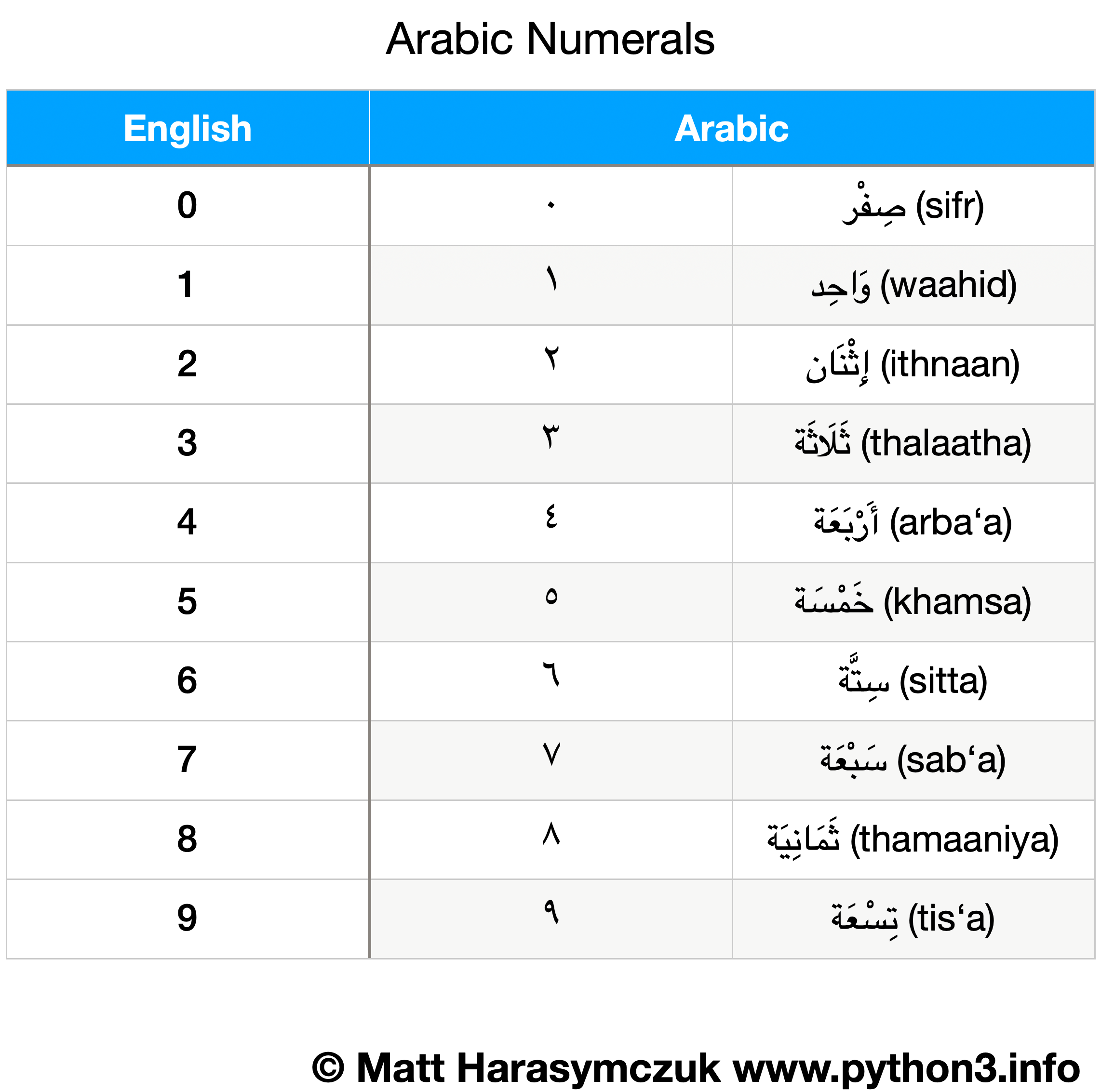

8.6.9. Roman Numerals
In latin
Vis read asUIn latin
Iis read asJIn latin
IVis read asJUJUstands for Jupyter - roman godLouis XIV did not like
IVand changed toIIII[28]There is a symetry in groups of four
I, II, III, IIII,V, VI, VII, VIII,IX, X, XI, XII
IV
IIII
There is a symetry in groups of four:
I, II, III, IIII # Group with I and I
V, VI, VII, VIII # Group with V and I
IX, X, XI, XII # Group with X and I
In latin V is read as U, I is read as J, therefore
IV is read as JU which stands for Jupyter - roman god.
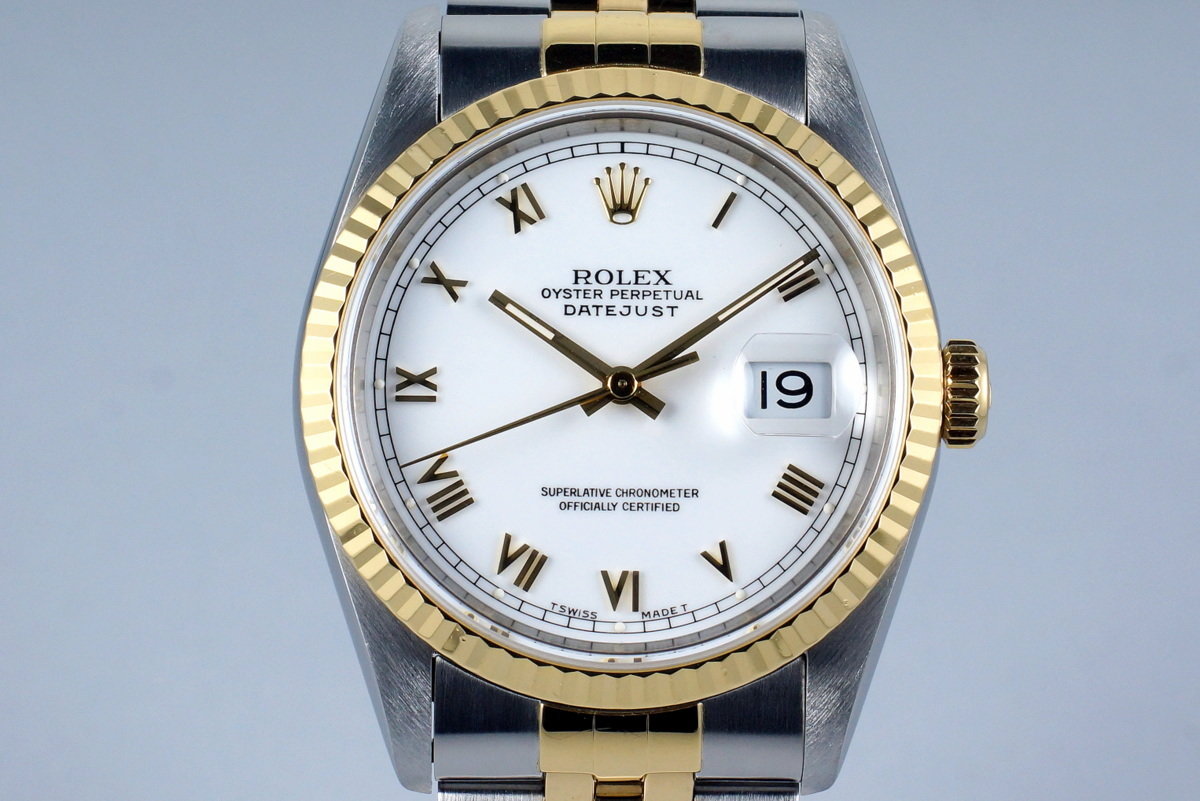
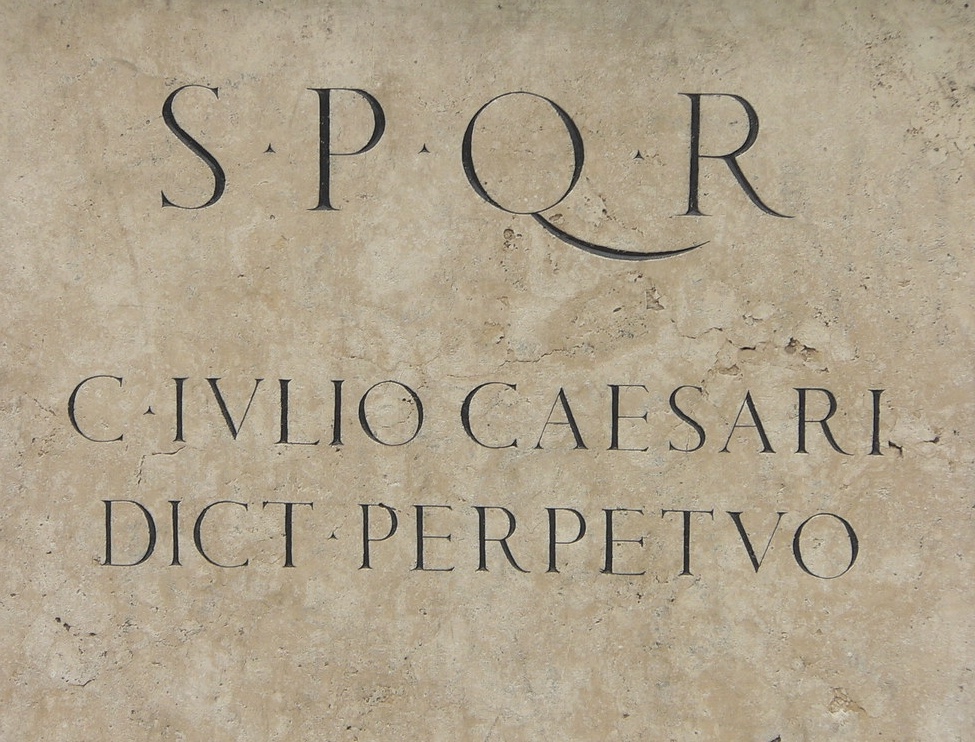
8.6.10. Calendars
Julian Calendar [8]
Gregorian Calendar [3]
Introduced by Pope Gregory XIII in October 1582
Saudi Arabia was the last country to adopt Gregorian calendar in 2016
There are only four countries which have not adopted the Gregorian calendar: Ethiopia (Ethiopian calendar), Nepal (Vikram Samvat and Nepal Sambat), Iran and Afghanistan (Solar Hijri calendar)
List of adoption dates of the Gregorian calendar by country [2]
Year |
Country/-ies/Areas |
|---|---|
1582 |
Spain, Portugal, France, Polish-Lithuanian Commonwealth, Italy, Catholic Low Countries, Luxembourg, and colonies thereof |
1584 |
Kingdom of Bohemia, some Catholic Swiss cantons |
1610 |
Prussia |
1648 |
Alsace |
1682 |
Strasbourg |
1700 |
Protestant Low Countries, Norway, Denmark, some Protestant Swiss cantons |
1752 |
Great Britain, Ireland, and the 'First' British Empire (1707–1783) |
1753 |
Sweden and Finland |
1873 |
Japan |
1875 |
Egypt |
1896 |
Korea |
1912 |
China, Albania |
1915 |
Latvia, Lithuania |
1916 |
Bulgaria |
1917 |
Ottoman Empire |
1918 |
Ukraine, Russia, Estonia |
1919 |
Romania, Yugoslavia |
1923 |
Greece |
1926 |
Turkey (common era years; Gregorian dates in use since 1917 Ottoman adoption) |
2016 |
Saudi Arabia |
8.6.11. Astronomy
8.6.12. Databases
SQLite dates and time are stored as
TEXT,INTEGERorREALvalues.TEXTas ISO-8601 strings ('YYYY-MM-DDTHH:MM:SS.SSS').INTEGERas timestamp, the number of seconds since 1970-01-01 00:00:00 UTC.REALas Julian Day Number (JDN) - number of days since noon in Greenwich on November 24, 4714 BC Gregorian calendar (or January 1, 4713 BC Julian calendar).
Applications can chose to store dates and times in any of these formats and freely convert between formats using the built-in date and time functions.
For easily calculating elapsed days between two events (e.g., food production date and sell by date).
For example, the Julian day number for the day starting at: 12:00 UT (noon) on January 1, 2000, was 2,451,545 [6].
For example, the Julian Date for 00:30:00.0 UT January 1, 2013, is 2456293.520833. Julian day number plus the fraction of a day since the preceding noon in Universal Time [6].
8.6.13. Space Industry
8.6.14. Planet Mars
8.6.15. Military Time
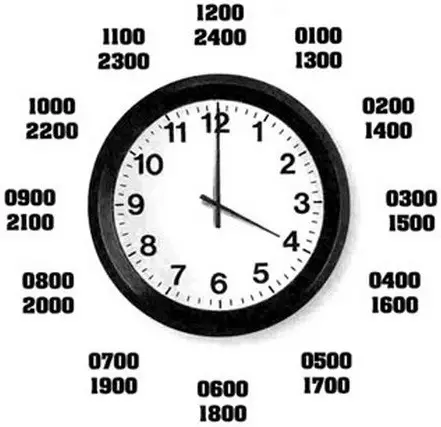
8.6.16. Decimal Time
8.6.17. Other
Swatch Internet Time - Beats @300 [7]
sidereal day on Earth is approximately 86164.0905 seconds (23 h 56 min 4.0905 s or 23.9344696 h)